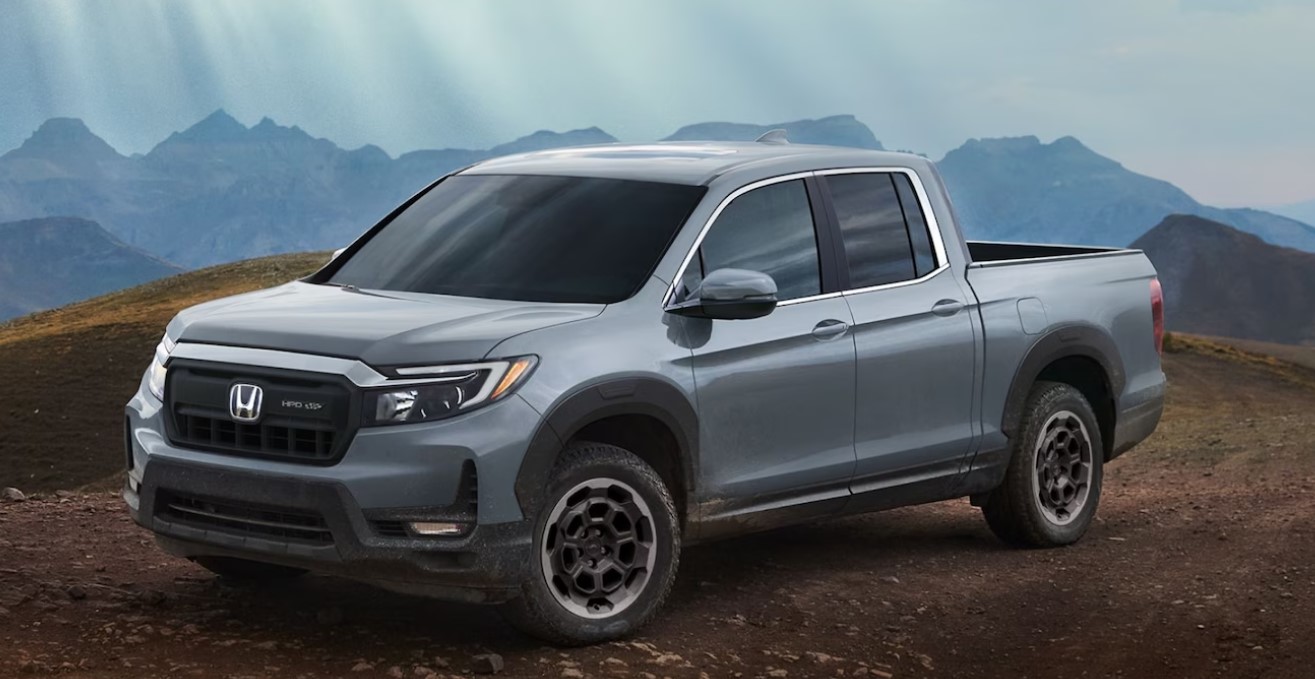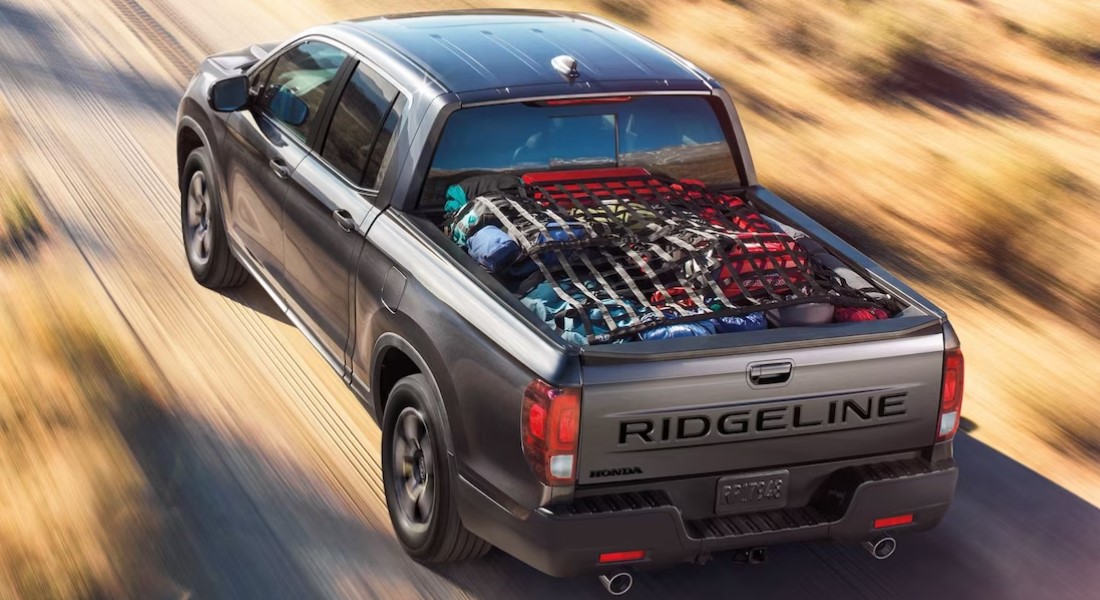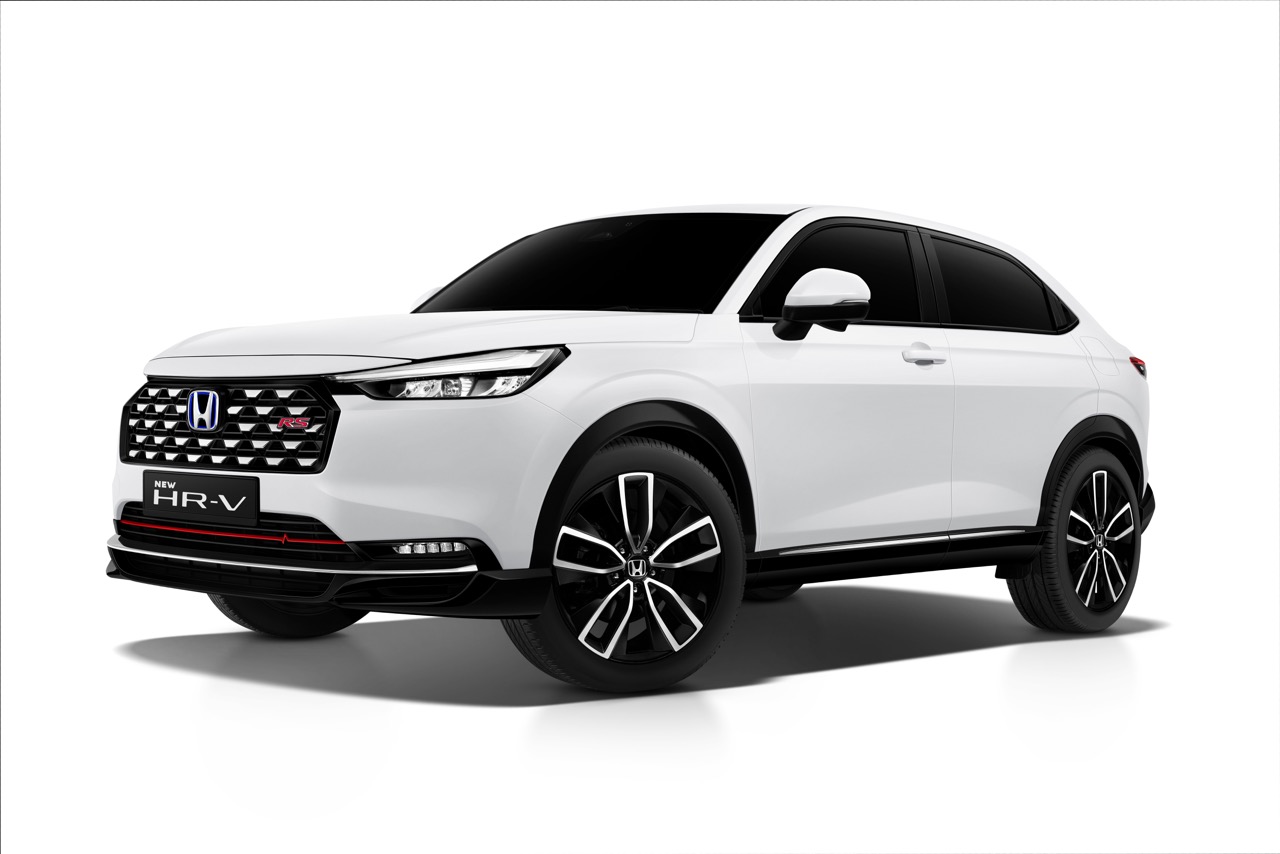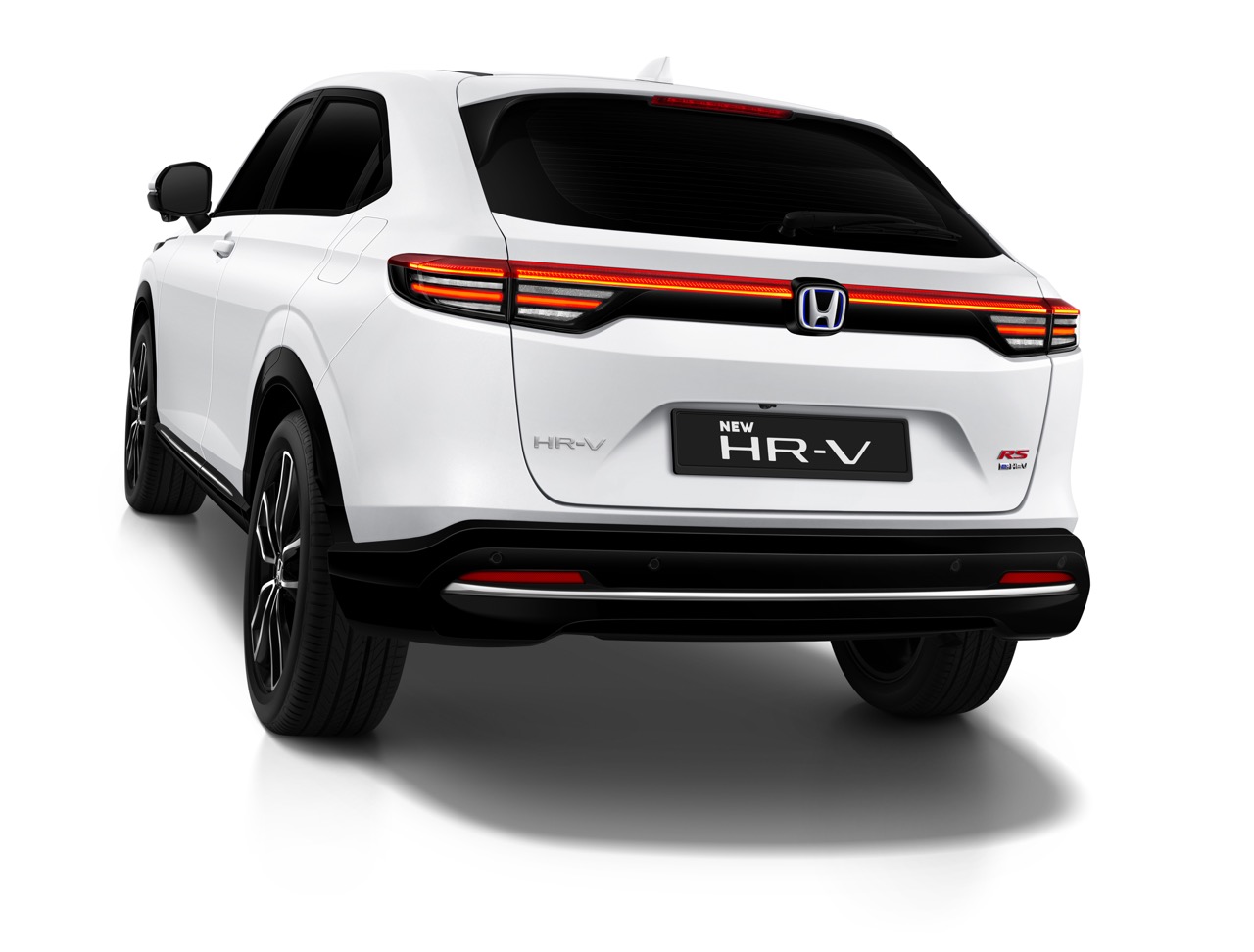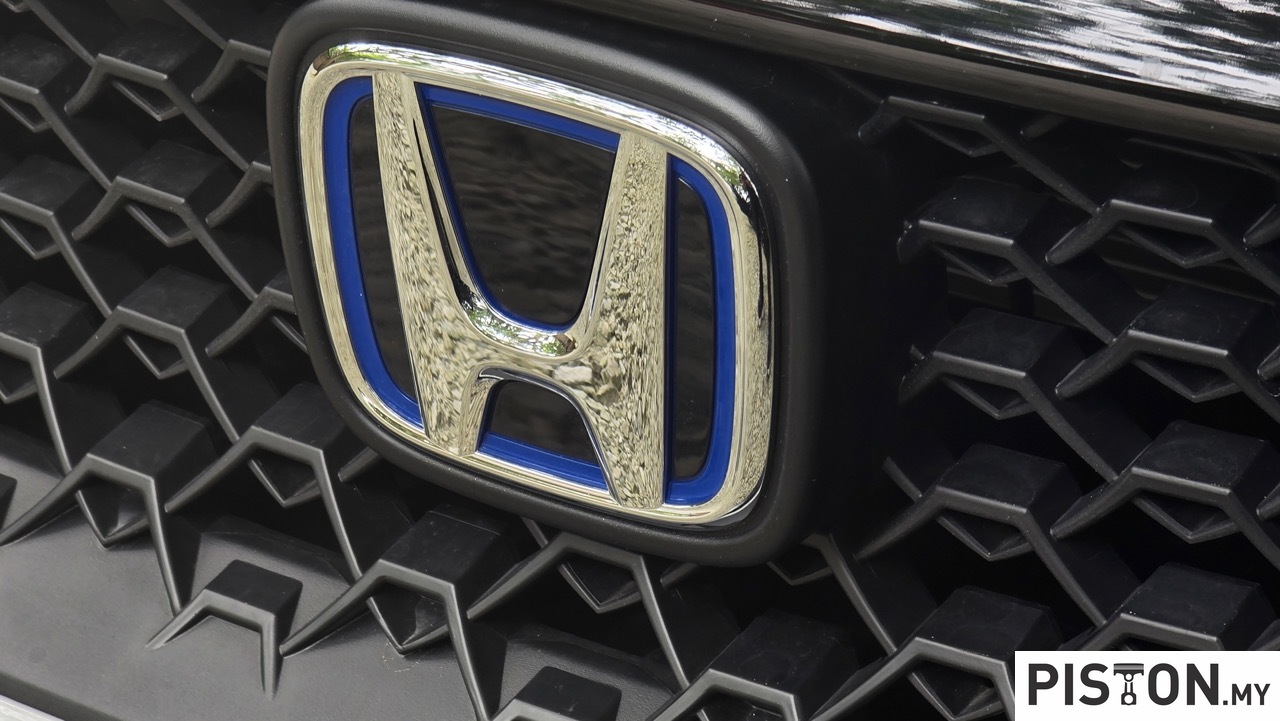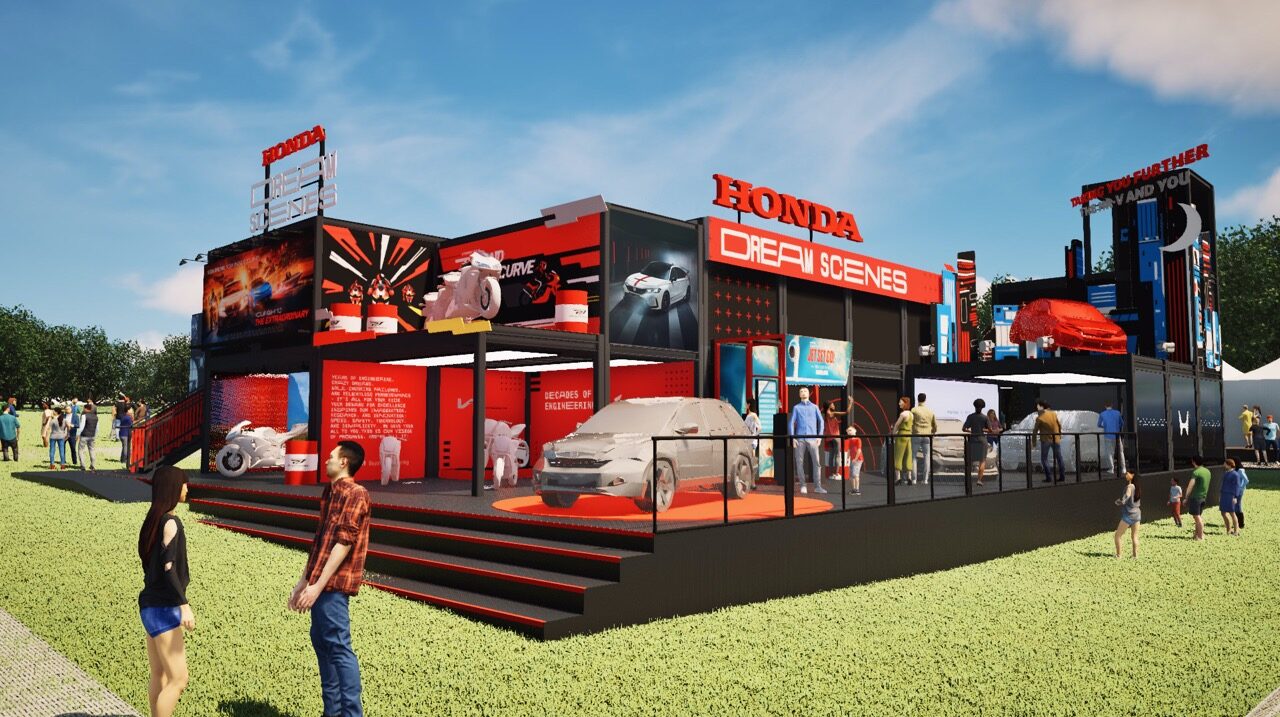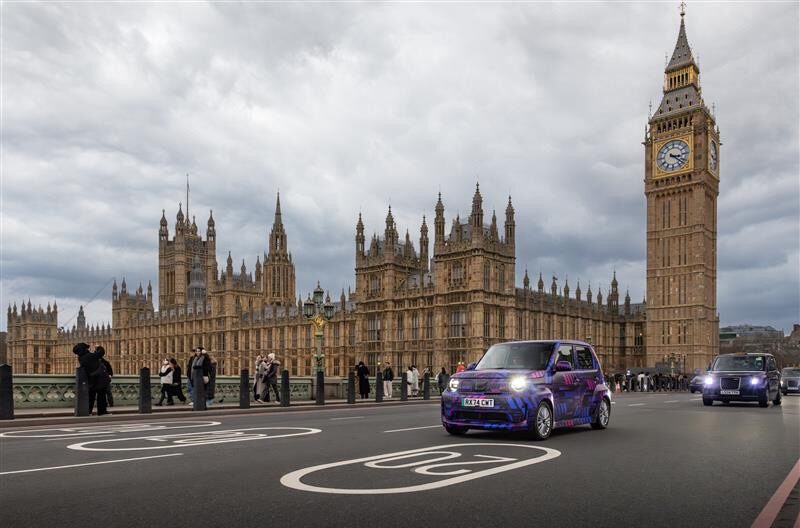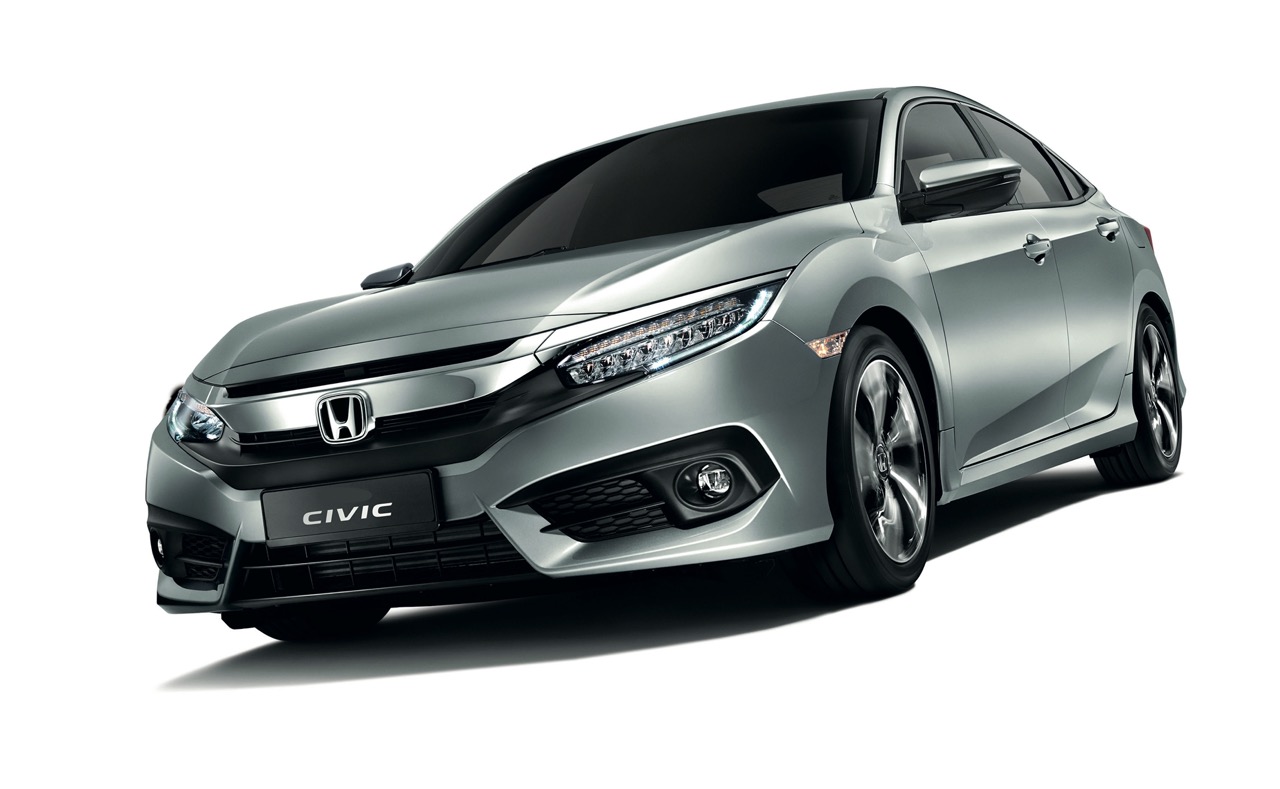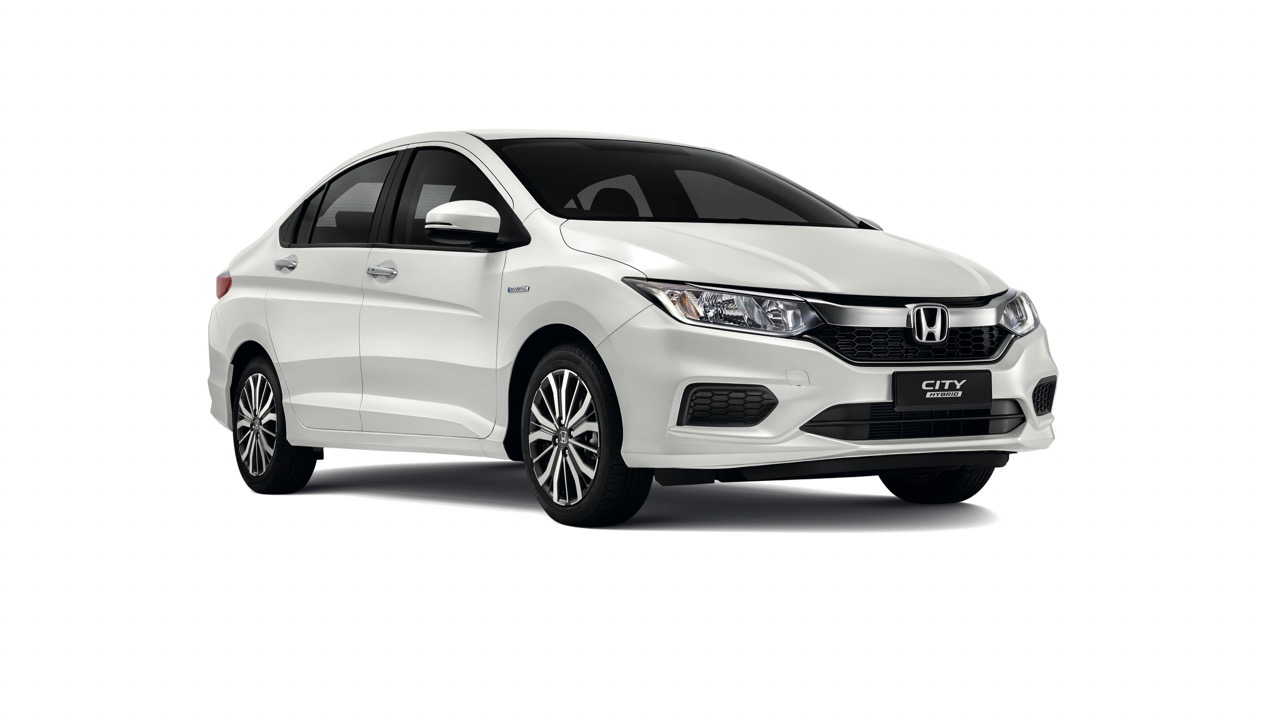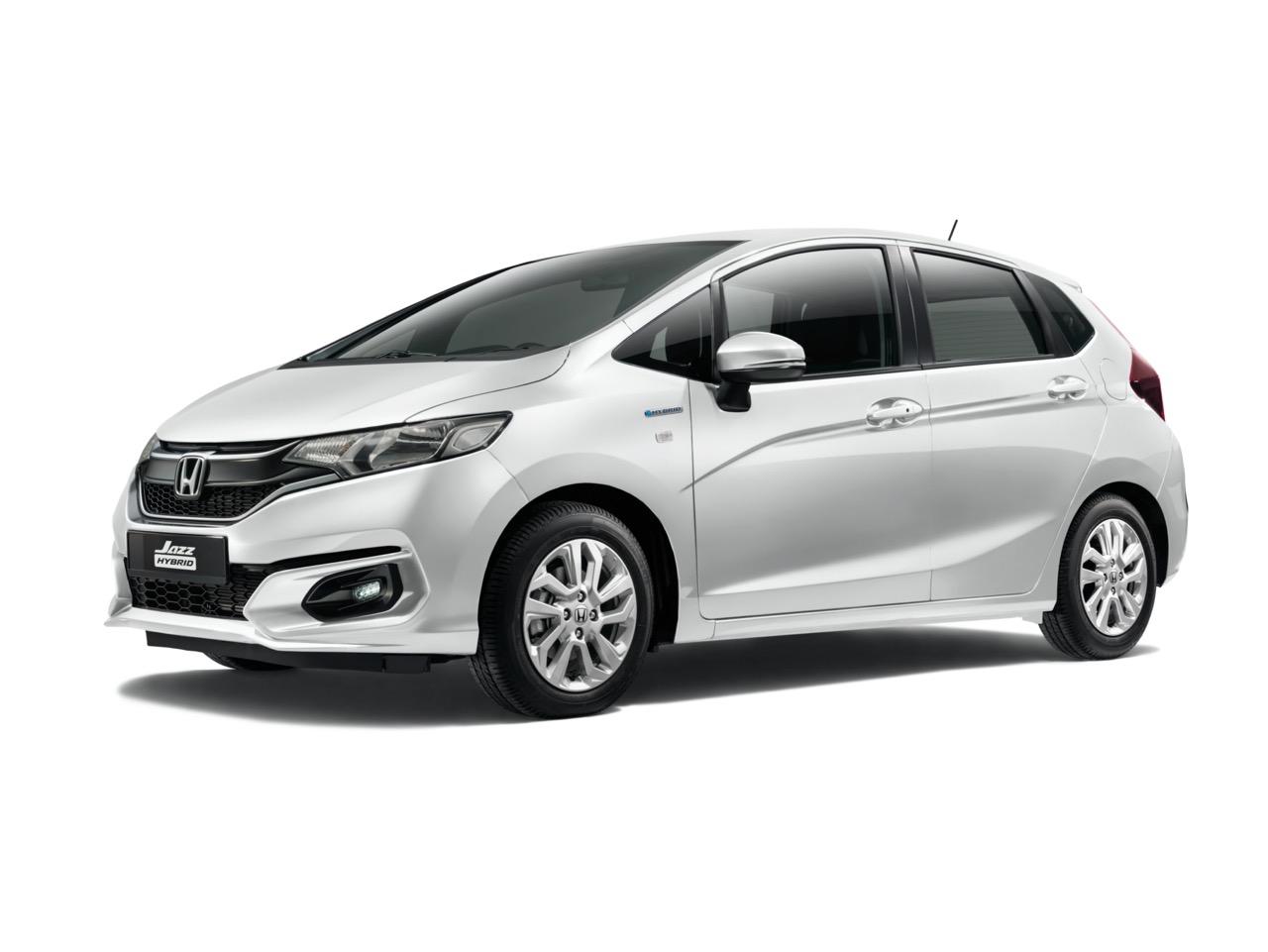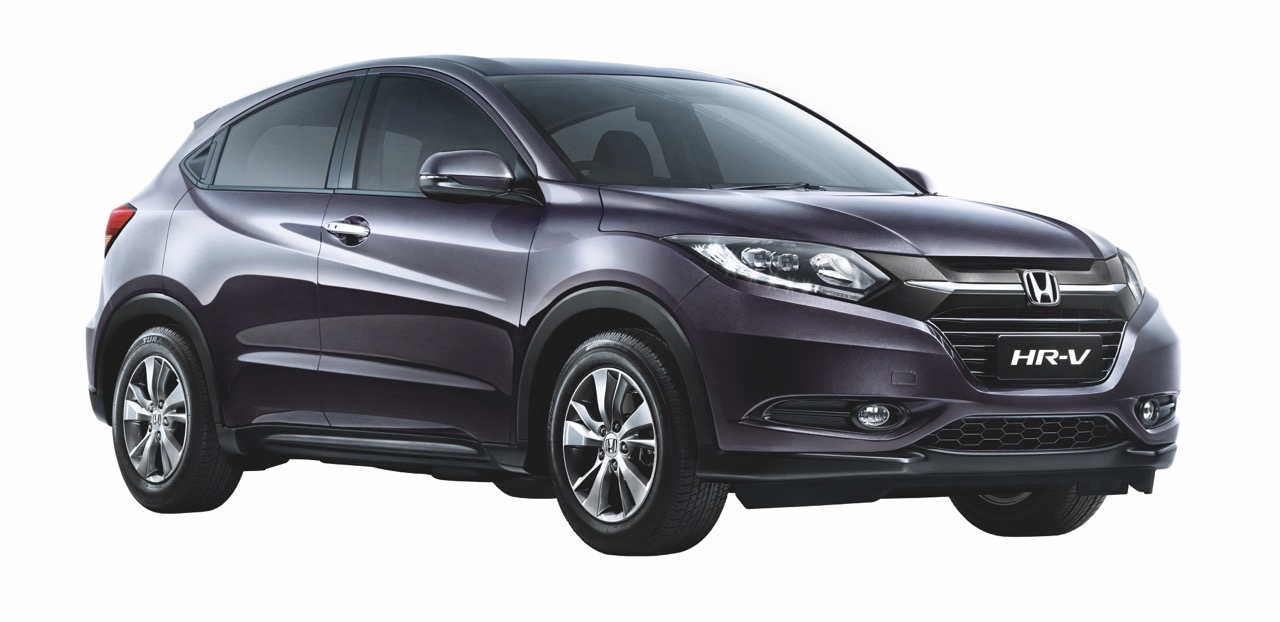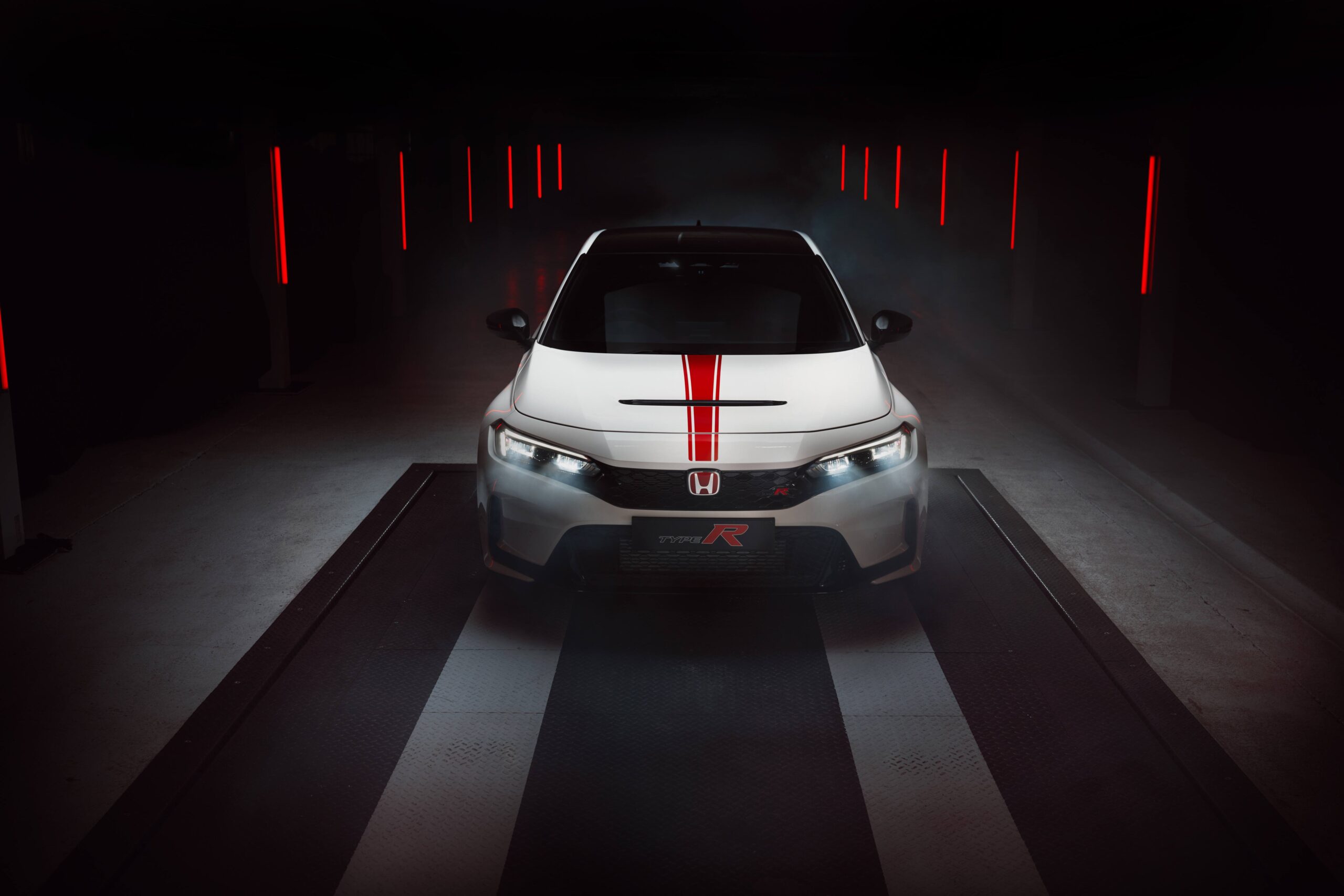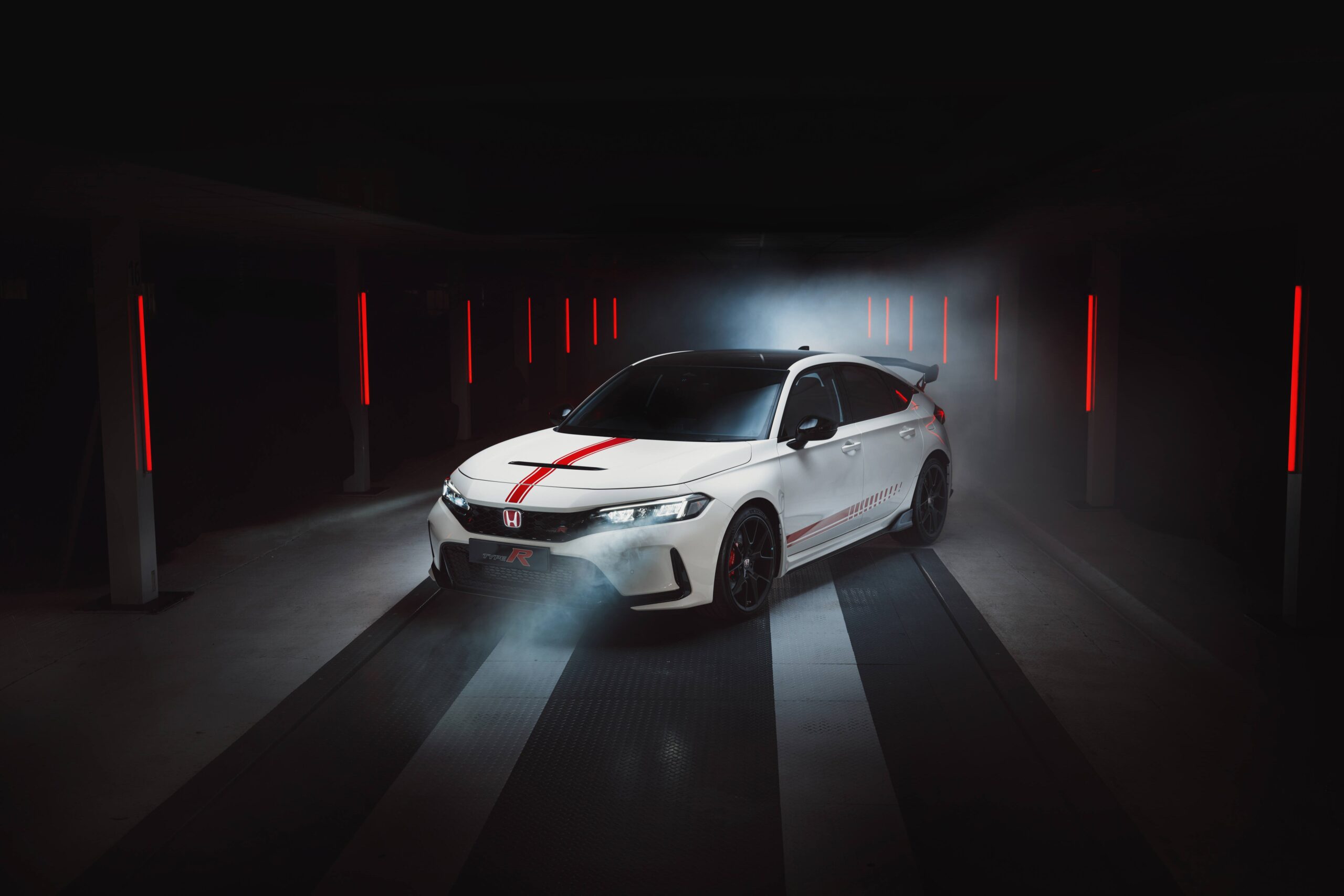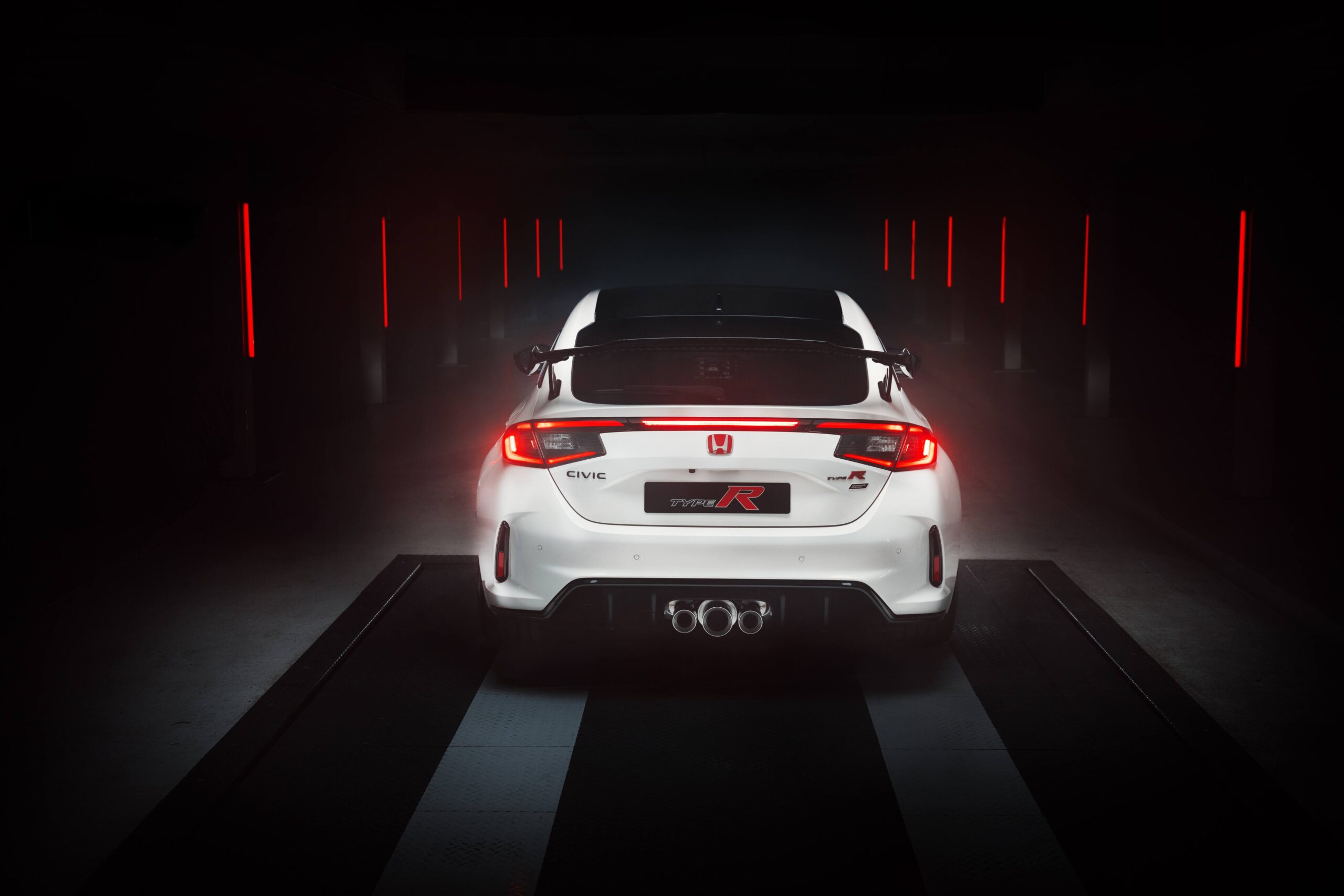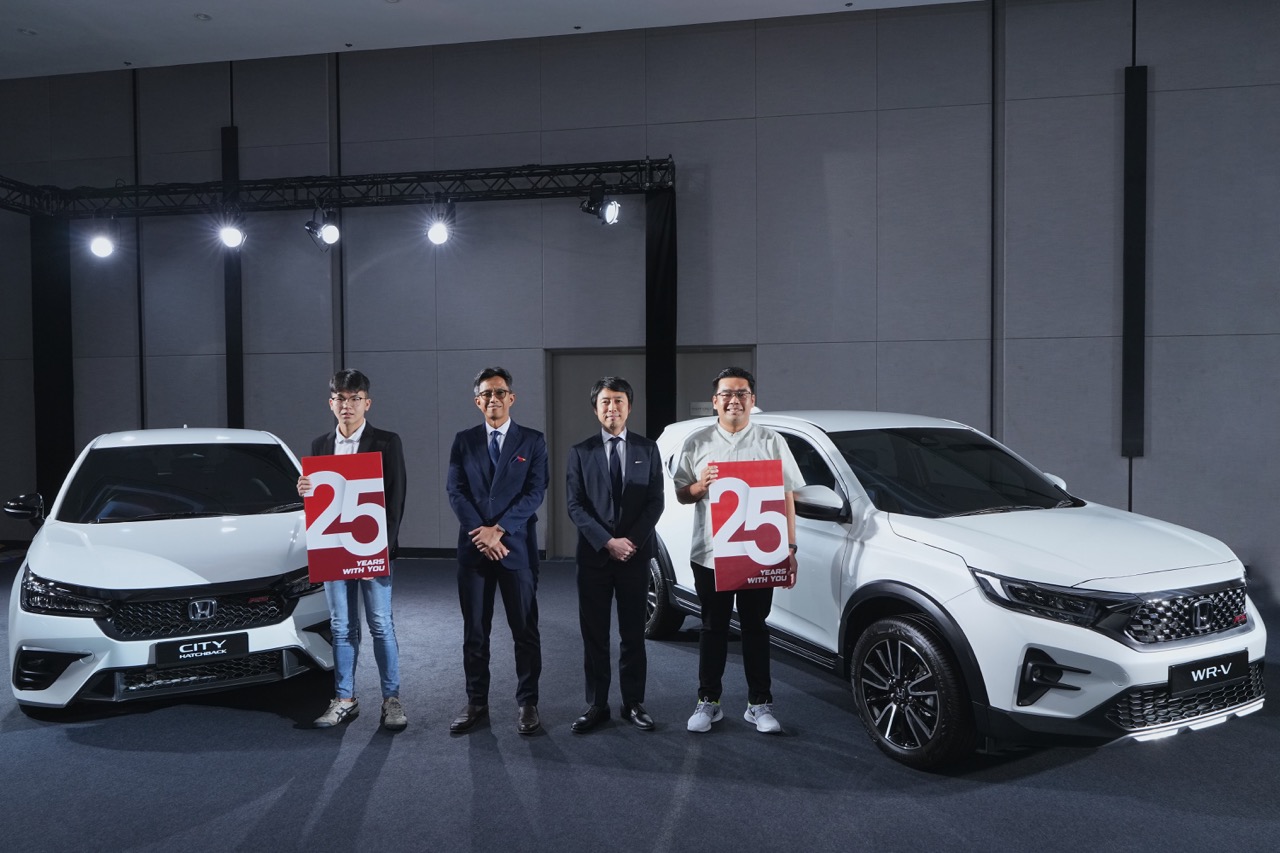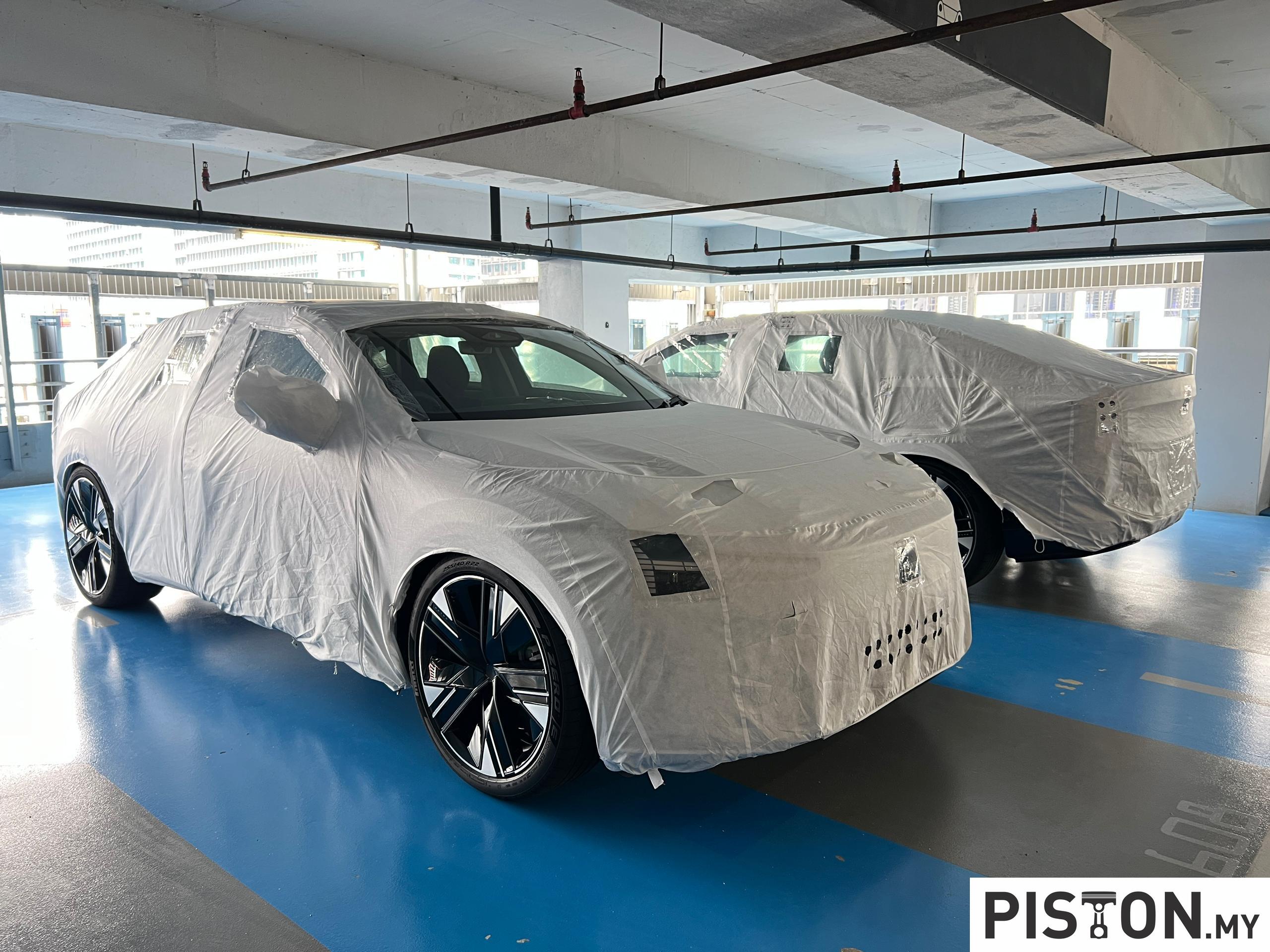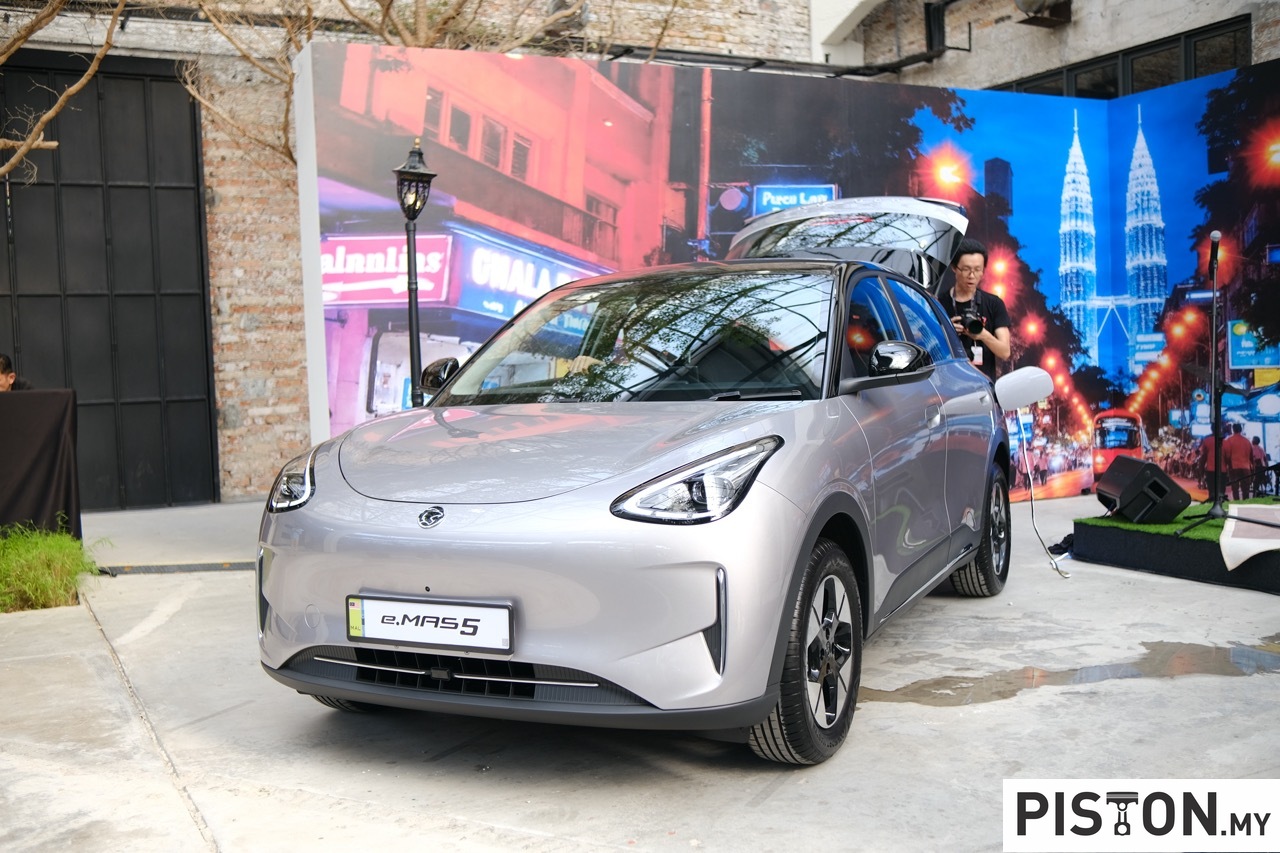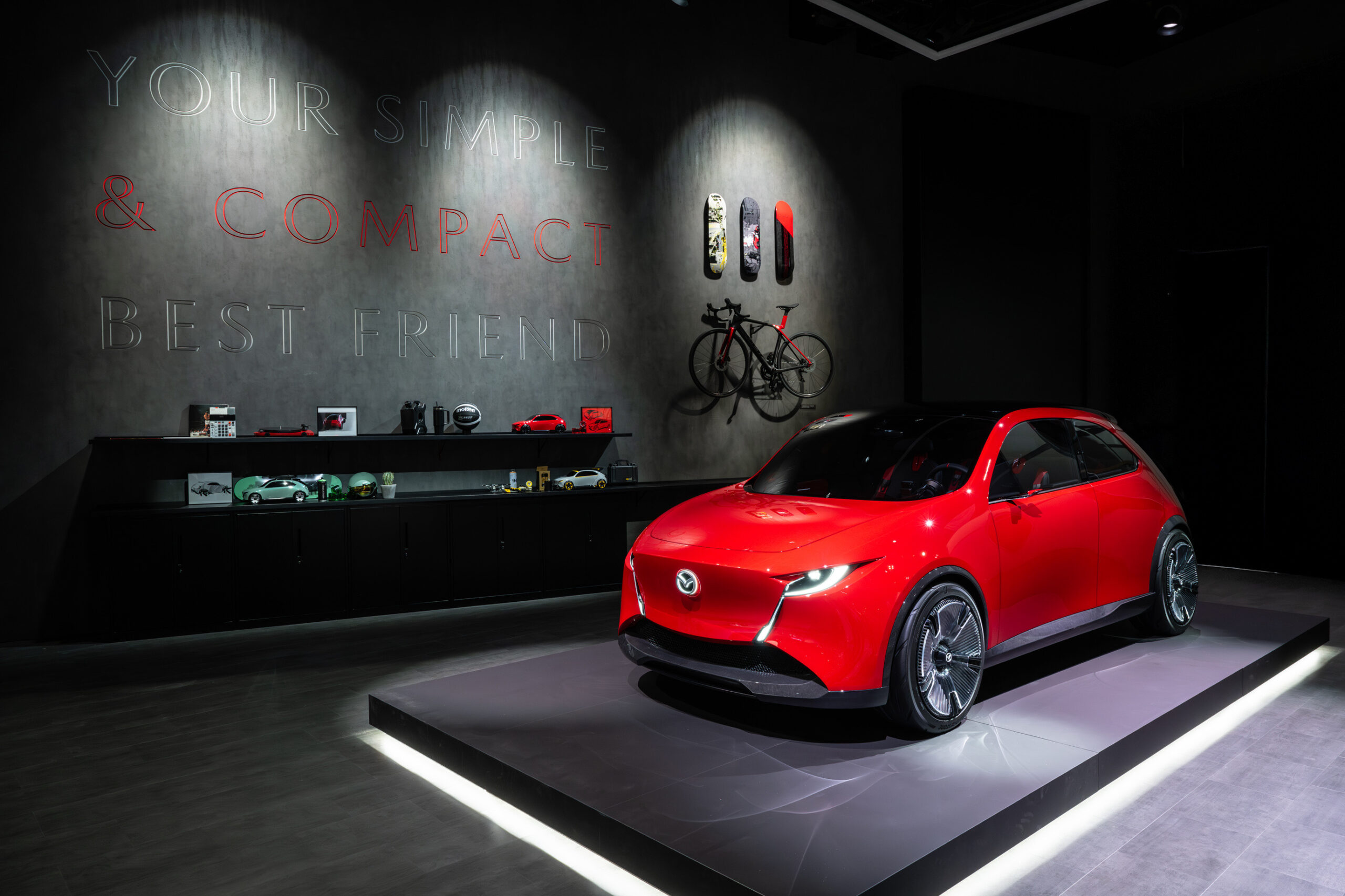Nissan may be on the brink of revitalising dormant manufacturing capacity in the United States, as reports suggest the company is in discussions to build a pickup truck for Honda. Although no official sources were cited, speculation points to Nissan’s Canton plant in Mississippi as a likely candidate for the potential production agreement.
This development could represent a major turnaround for Nissan’s North American operations, which have been significantly downsized in response to steep financial losses. The Japanese automaker recently reported a staggering net loss of $4.5 billion in its most recent fiscal year, prompting the company to scale back both current output and future manufacturing projections across the region.
Rumblings of a collaboration between the two Japanese giants are not new. Earlier this year, when speculation of a possible merger between Honda and Nissan gained traction, both firms acknowledged the prospect of sharing resources. Among the potential joint ventures discussed was the use of Nissan’s body-on-frame platforms by Honda to expand its presence in the U.S. truck segment.
At present, Honda’s only pickup offering for the American market is the Ridgeline, a unibody model. Nissan, on the other hand, manufactures the Frontier — a body-on-frame truck — at the Canton facility. Honda currently lacks a comparable vehicle in its line-up, raising the possibility that the automaker could be considering a significant shift in platform architecture for future pickup models.



